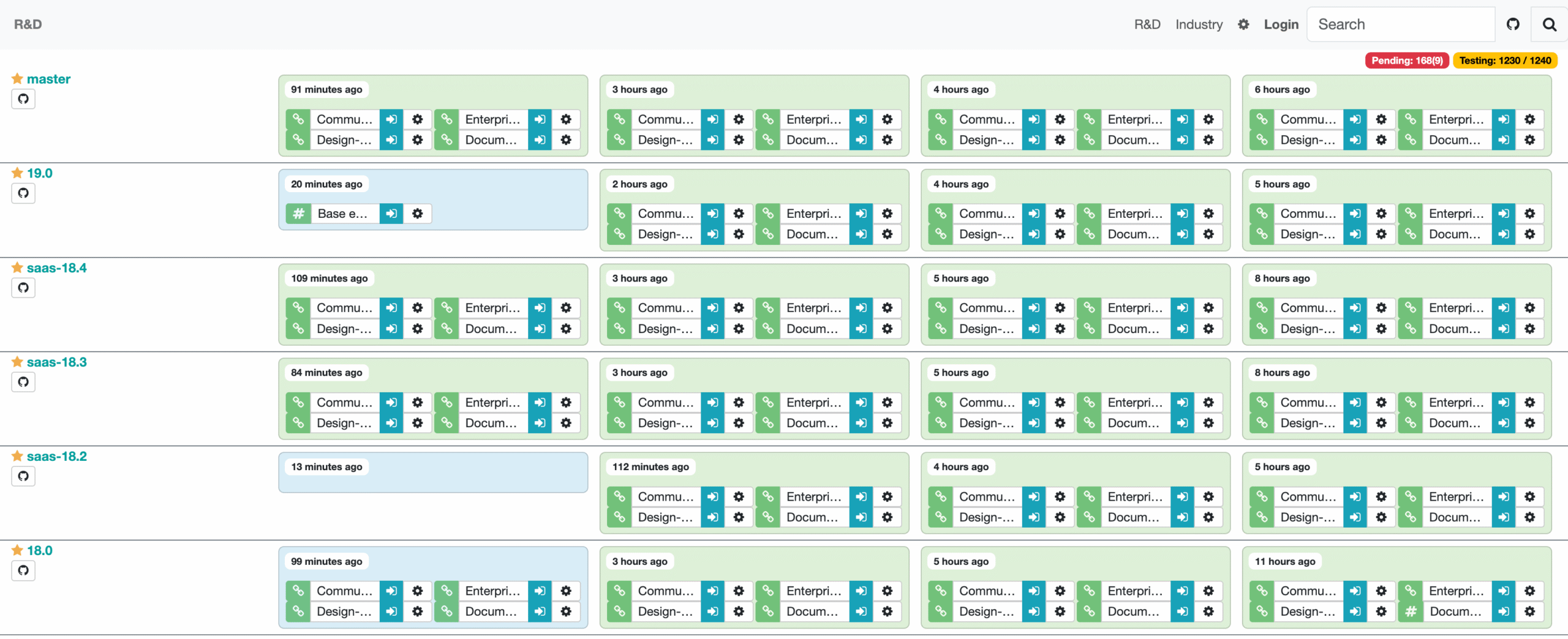Odoo doesn’t make giant leaps between major versions, instead, it evolves steadily through minor releases (for example, 19.1, 19.2). These smaller updates may not dramatically change features, but they provide important insight into where the platform is heading.
1. Structured, Continuous Development
-
Odoo releases one major version per year, but fills the gaps with minor updates.
-
These updates are safer to apply than a major upgrade, offering stability, security, and small enhancements over time.
-
This approach reduces risk: instead of waiting for a big version update, you get incremental improvements.
2. Update Behavior Depends on Hosting
-
On Odoo Online (SaaS), minor releases are applied automatically for you.
-
For Odoo.sh or on-premise, you manually pull updates, giving you more control over when and how to deploy.
-
This flexibility means teams can test updates in a dev/staging environment (e.g., using Runbot) before applying them to production.
3. Test Before You Deploy
-
Odoo provides detailed release notes and a Runbot testing platform so users can preview minor releases.
-
This helps minimize disruption: custom modules and integrations can be tested first while keeping your live system stable.
4. Sustainable & Gradual Improvements
-
Minor releases fix bugs, improve performance, and refine the user interface.
-
Features that are still in testing may appear behind toggles or “developer mode” options, so you gradually adjust.
-
Over time, the system becomes more robust and reliable, making major upgrades smoother.
5. Soft Launch for Big Features
-
Many long-term or “big picture” features are introduced gradually via minor versions.
-
For example, before a full UI redesign, you might see layout tweaks or new field names.
-
Similarly, new automation logic or AI-powered helpers may begin quietly, then grow into full features.
-
-
This “build in the background” strategy gives users time to adapt without being blindsided.
6. Requires Change Management
-
Even small updates require planning: a toggle, field rename, or layout tweak can impact users.
-
To manage effectively, businesses should:
-
Share short updates within teams
-
Test with power users
-
Keep a change-log for minor version changes
-
-
Over time, this builds trust and helps ensure upgrades don’t disrupt daily work.
Conclusion
Minor Odoo releases may seem small on the surface, but they play a huge role in shaping the platform’s long-term direction. These updates offer stability, early access to improvements, and a clear window into Odoo’s evolving product strategy. By paying attention to minor version changes, businesses can stay prepared, optimize workflows, and reduce risks during major upgrades.
Whether you are on Odoo Online, Odoo.sh, or on-premise, understanding these incremental updates helps you make smarter decisions and maintain a smooth, future-ready Odoo environment.

